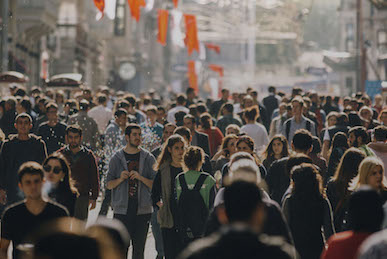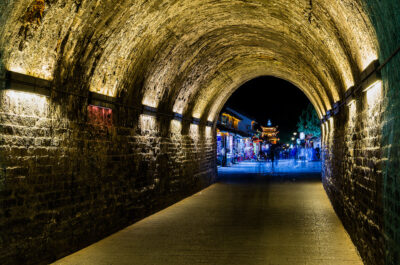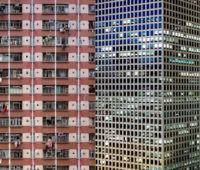A fundamental question is whether the spatial arrangements of the different dimensions of urban inequality merely reflect larger non-spatial causal forces or are in and of themselves a driving force in creating or reinforcing those inequalities. Certainly, the ways in which urban inequalities show up in spatial arrangements do reflect (or are a spatial expression […]
How can the core characteristics of big cities be mobilized to make human life more just and democratic? Premised on the centrality of urban space to human experience and the great challenges and opportunities produced by urban concentration across the globe, the Social Science Research Council’s initiative on The Decent City seeks to deepen understanding and improve practice by creating interactions among social scientists, humanists, architects, designers, and urban planners. The Cities Papers are thought pieces produced by scholars and practitioners from all these perspectives who participated in several gatherings to further shape the initiative’s agenda.
A “decent” city, in our usage, is not quiet, orderly, or predictable, each of which is alien to robust urban life. The term is meant to imply a site of reflection, research, and policy in a zone between more utopian reflections on the one side and highly focused instrumental policy considerations on the other. Substantively, it connotes cities in which built environments and the organization of space diminish and soften various dimensions of inequality and promote relations among diverse populations that are neighborly. We are deploying a spatial imagination to interrogate design, toleration, and inequality as key concepts and sites as we search for thresholds of urban decency and means to achieve them.
‘Black’ Suburbanization: American Dream or the New Banlieue?
by Kimberley S. JohnsonIn urban America, for much of the 20th century, the poor and the socially marginalized were concentrated in the urban core, while the wealthier and more politically powerful were located on the urban periphery. This spatial pattern is far different from European or Latin American cities, where the well-to-do occupy the urban core while the […]













